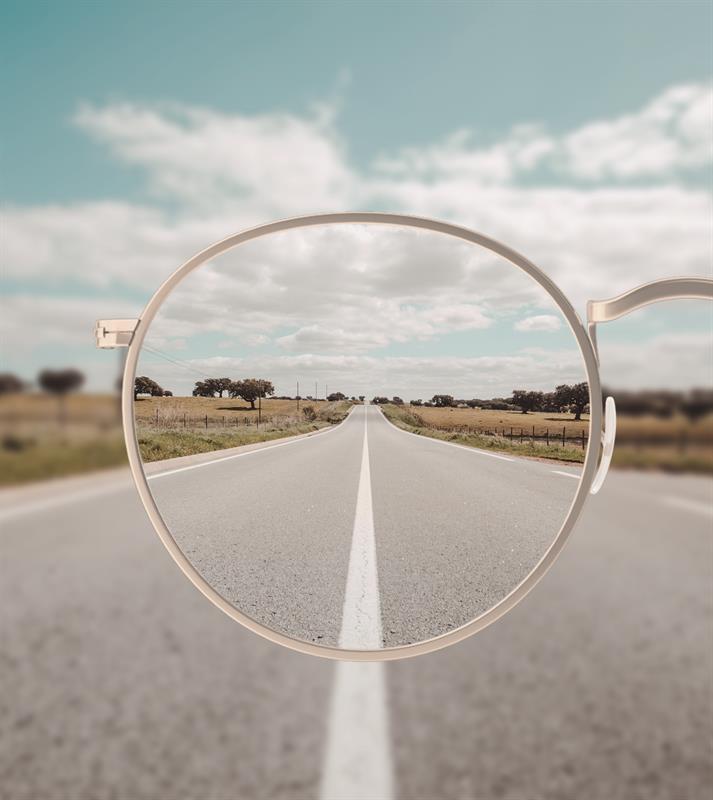
Norville’s Vista-Mesh lens is said to give significant and welcoming relief to patients with more sensitive vision systems and whose lives are affected by several electronic device-related afflictions. With features such as a 90% light transmittance factor brown contrast filter, hard multilayer anti-reflection coating, UV385 cut-off and a unique optical ‘mesh’ filter, this lens is said to offer benefits by aligning scattered light reflections, dampening flicker, a sharpening contrast and reducing eye strain.

HDSV Drive 2.0 from Caledonian Optical is said to be a digital single vision solution with specific enhancements to improve vision when driving, while also delivering exceptional clarity in general use. This is due to the incorporation of the Digital Ray Path 2 surface calculation, which is used in all designs.
Register now to continue reading
Thank you for visiting Optician Online. Register now to access up to 10 news and opinion articles a month.
Register
Already have an account? Sign in here


